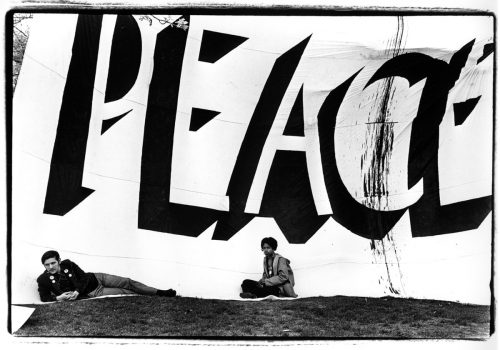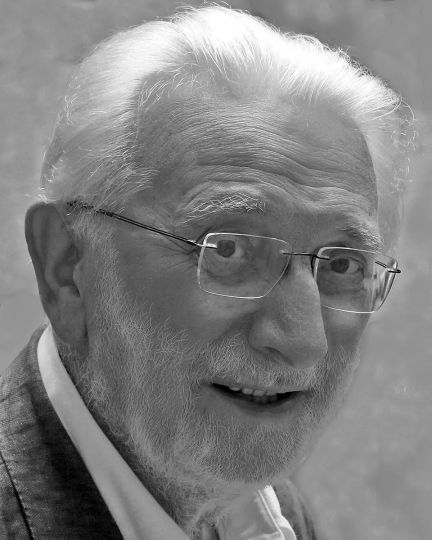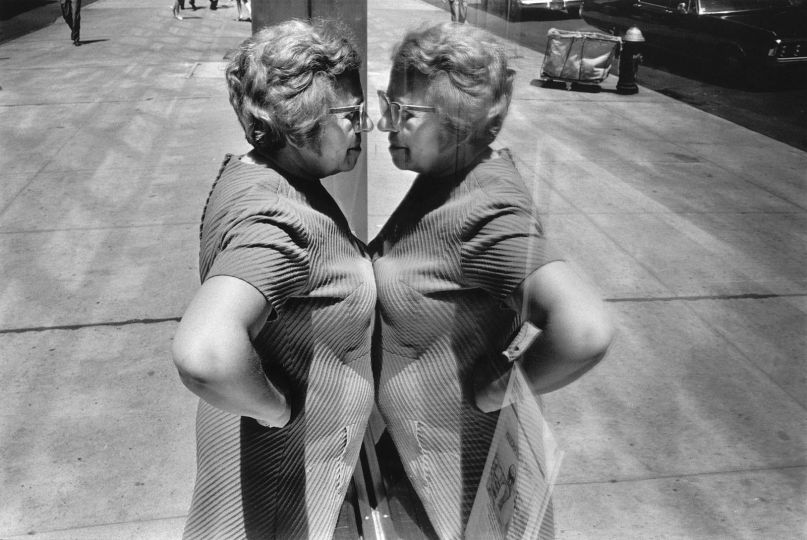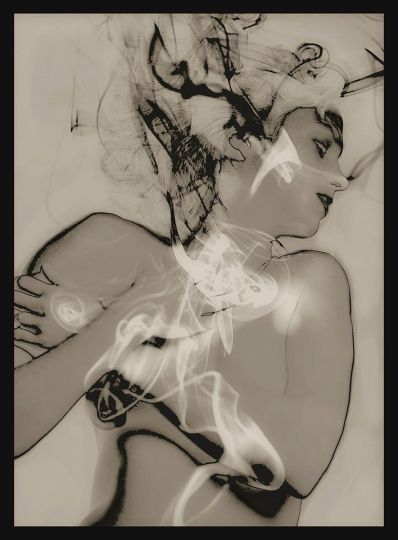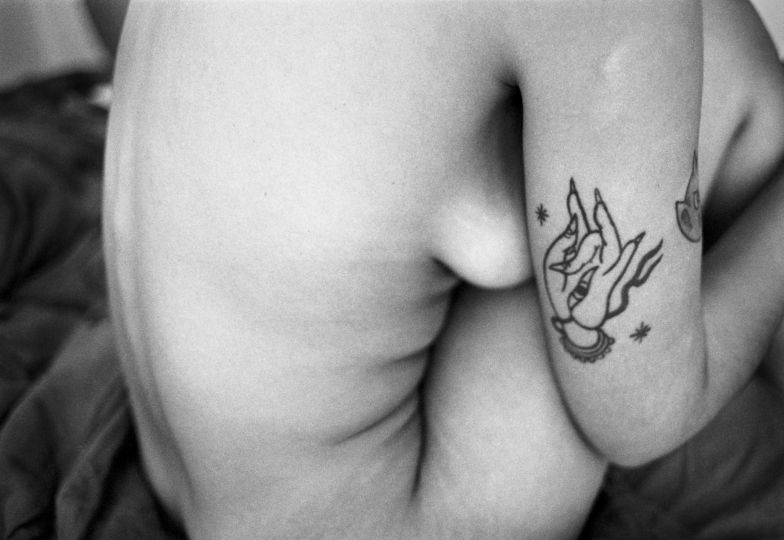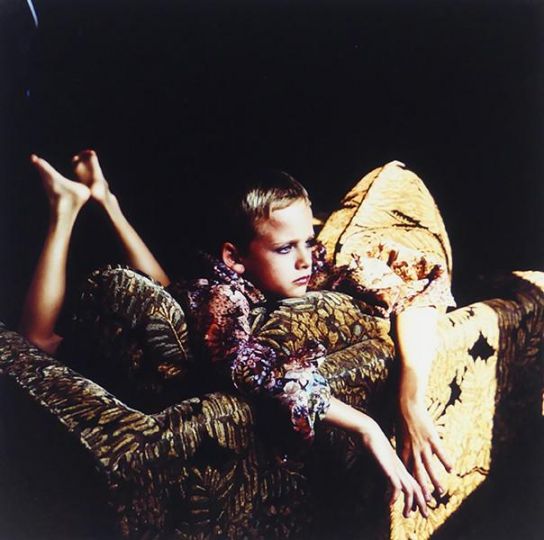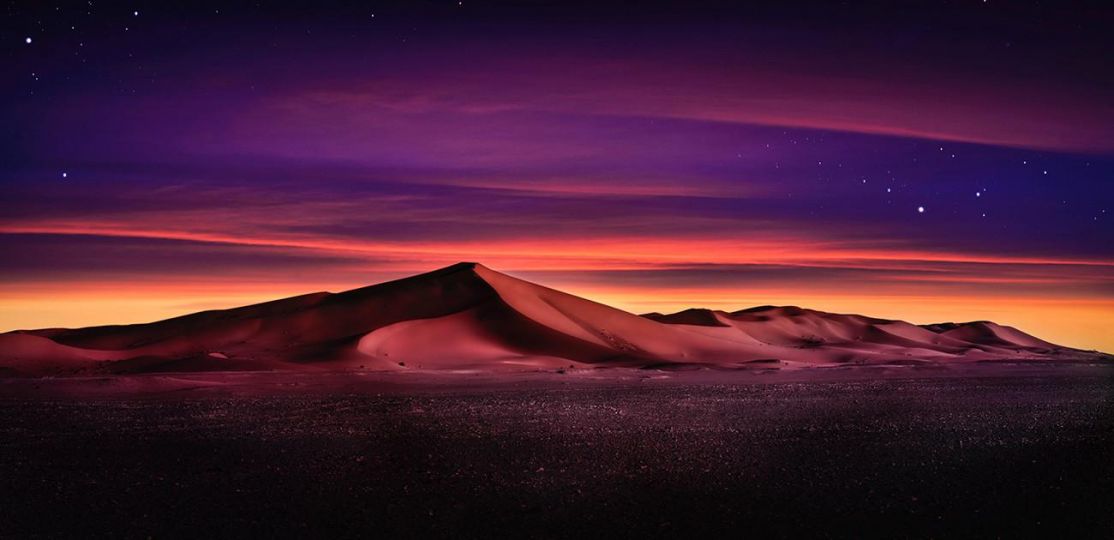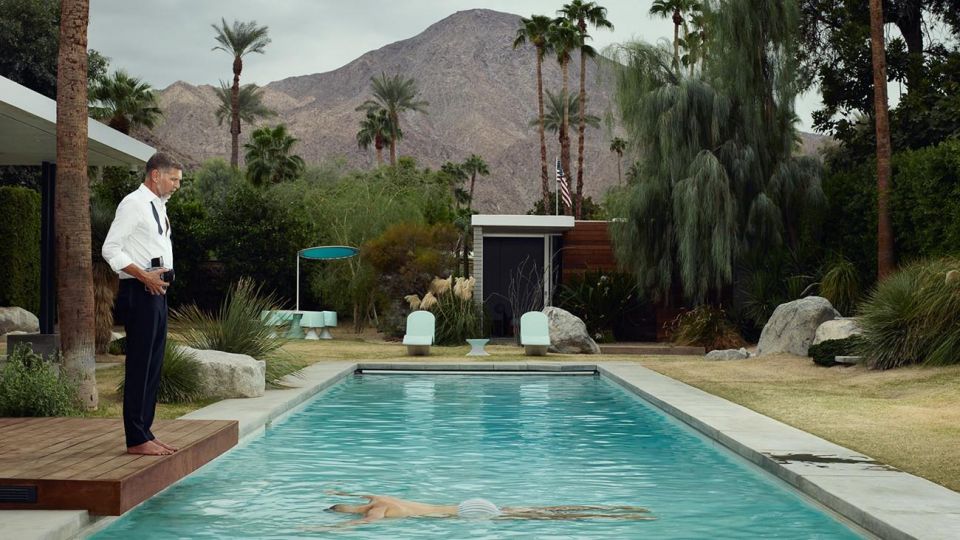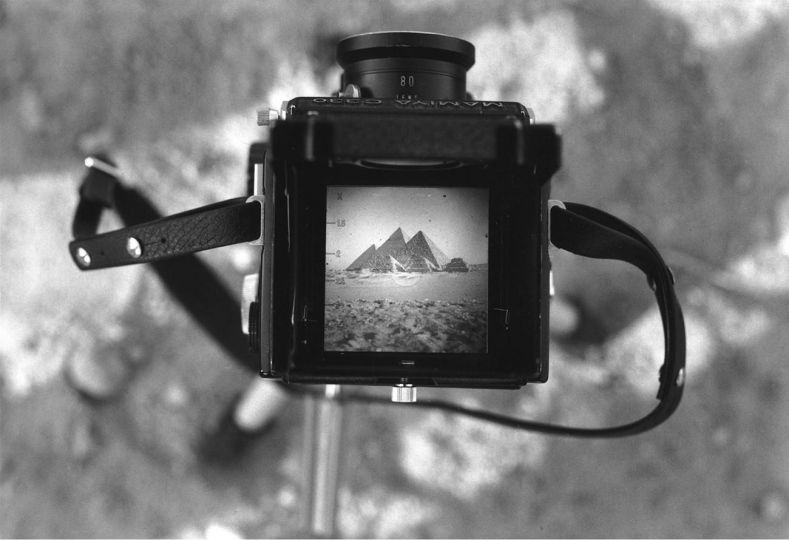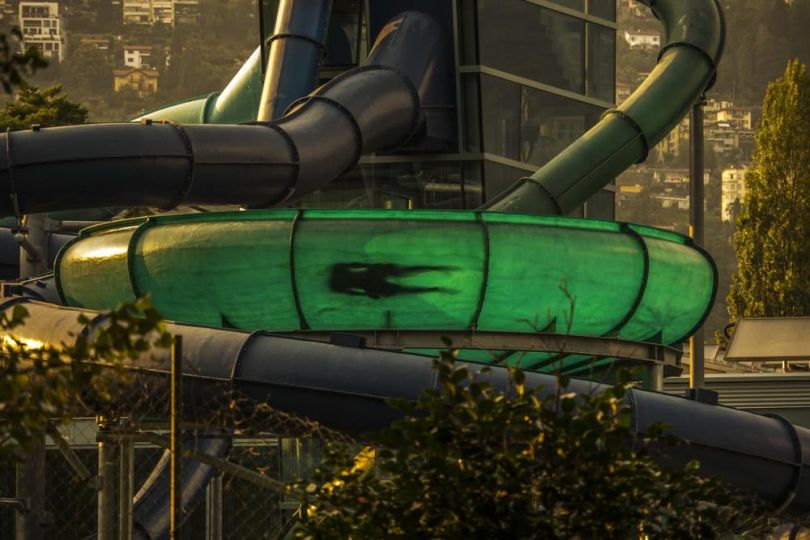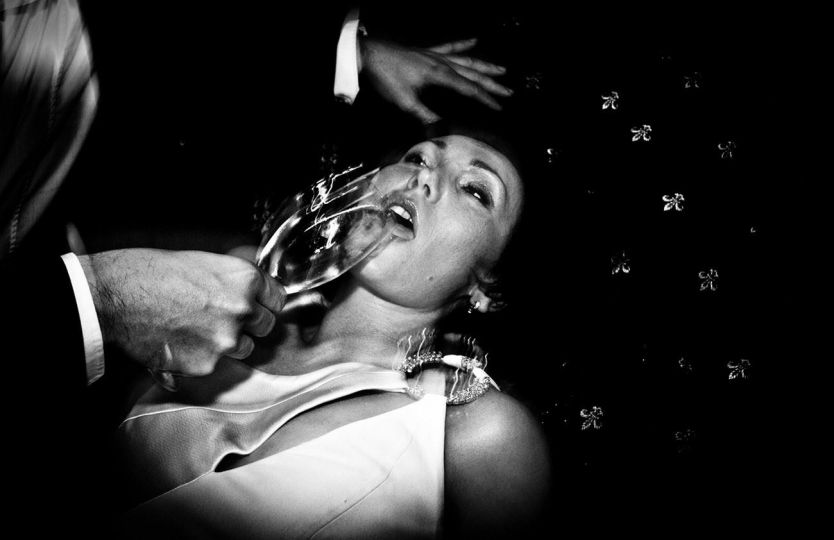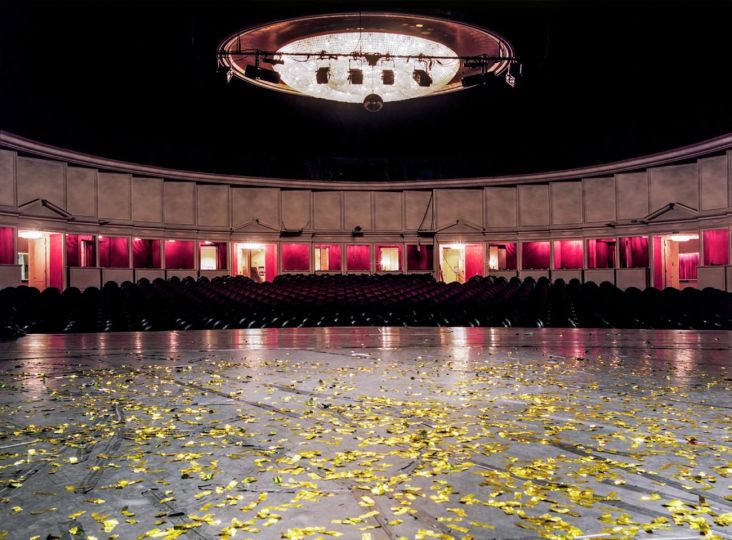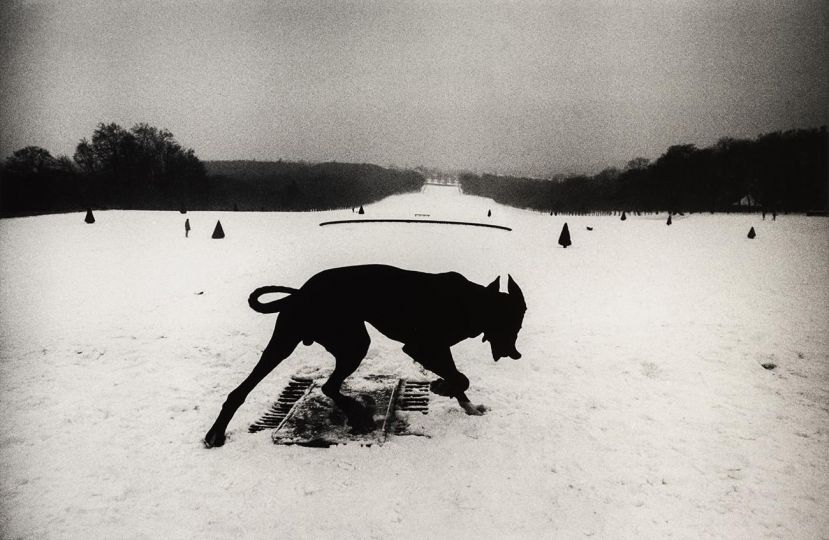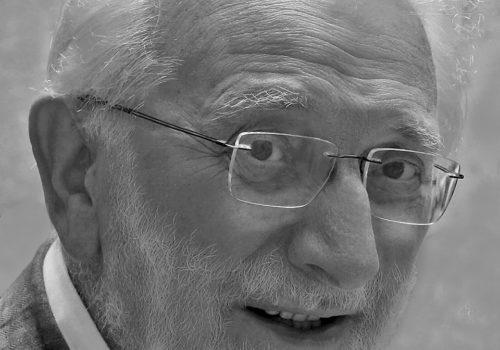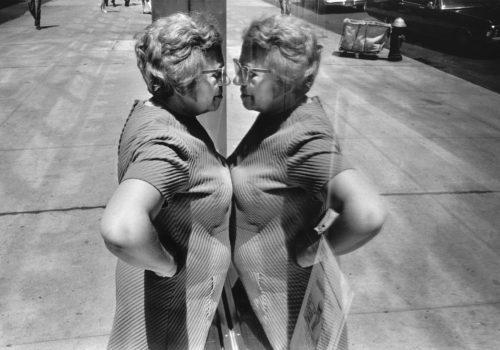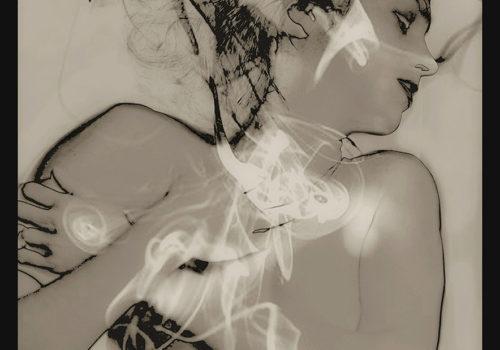The year 1968 marked many changes for the United States. It signaled the end of the Kennedy-Johnson presidencies, the pinnacle of the civil rights movement, the beginning of Women’s rights and Gay rights, and the beginning of the end of the war in Vietnam. More than that, it meant a change in public attitudes and beliefs. Photojournalism had a dominating role in the shaping of public attitudes at the time. Now, the exhibition comes amid a time of heightened awareness from political, racial, and social tensions in the aftermath of President Trump’s election. Currently on view at Monroe Gallery of Photography, in Santa Fe, is an exhibition featuring more than 50 photographs from one of the most tumultuous years in America’s history.
One of the biggest consequences of the reporting in Vietnam was to make military leaders determined never to give journalists such free rein. Recently, documentary evidence has been denied or disputed by those in power, and coupled with the administrations attacks on the press, the exhibit is a reminder that photojournalism is a vital and necessary component of a free society.
The year started with the Viet Cong opening the Tet Offensive by attacking major cities of South Vietnam, a move that triggered President Lyndon B. Johnson’s call for peace negotiations. Johnny Cash recorded Live at Folsom Prison, Eddie Adams photographs a Viet Cong officer as he is executed by Nguyen Ngoc Loan, a South Vietnamese National Police Chief. This photograph made headlines around the world, eventually winning the 1969 Pulitzer Prize, and sways U.S. public opinion against the war. On March 16, the Mai Lai massacre further shocks the nation, and on March 31st, President Lyndon B. Johnson surprised the nation by choosing not to run for reelection. On April 4th, civil rights leader Martin Luther King, Jr. was shot and killed in Memphis, Tennessee, leading to riots in Washington, D.C. and other cities. In late April, student protesters at Columbia University in New York City take over administration buildings and shut down the university, only one of many college protests that would unfold across the county.
In June, radical feminist Valerie Solanas shoots Andy Warhol as he enters his studio, wounding him, and Robert F. Kennedy, former U.S. attorney general and U.S. senator from New York, was assassinated in Los Angeles while campaigning for the Democratic
Presidential nomination, Bill Eppridge records a lone busboy trying to comfort Kennedy as he lays sprawled on the kitchen floor of the Ambassador Hotel. The only original master print, used for reproduction in LIFE magazine, will be included in the exhibition for the first time.
In August, the Democratic National Convention in Chicago was marred by clashes between Vietnam War protesters and Mayor Daley’s police force. At Mexico City’s Summer Olympic Games, African American sprinters Tommie Smith and John Carlos won gold and bronze medals, then bowed their heads and raised clenched fists during the playing of the U.S. national anthem in protest of U.S. racism. And in November, as the Beatles’ White Album is released Richard Nixon was elected President with running mate Spiro Agnew, making one of the most extraordinary political comebacks in U.S. history. Finally, in December, Elvis Presley’s 1968 Comeback Special airs on NBC television and Apollo 8 enters orbit around the moon.
These and other events marked the year as a benchmark of unrest, tumult, and change; and all are represented in the exhibition 1968: It Was Fifty Years Ago Today. The photographers in this exhibition have captured dramatic moments in a remarkable year, and many are imbedded in our collective consciousness; they form a sort of shared visual heritage for us all.
1968: It Was Fifty Years Ago Today
Monroe Gallery of Photography
112 Don Gaspar
Santa Fe, NM 87501
USA
www.monroegallery.com

